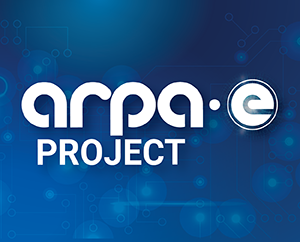Metal Hydride-Air Battery

Technology Description:
NASA’s Jet Propulsion Laboratory (JPL) is developing a new metal-hydride/air battery. Current electric vehicle batteries use costly components and require packaging and shielding to ensure safety. To address this, JPL’s technology will incorporate safe, inexpensive, and high-capacity materials for both the positive and negative electrodes of the battery as part of a novel design. Additionally, JPL’s design will use a membrane developed to prevent water loss and CO2 entry within the battery. High power performance and decreased costs will be possible with the use of a single catalyst material that operates both on charge and discharge. Since its new design is intrinsically safer, less packaging is needed, resulting in an overall reduction in weight and volume.
Potential Impact:
If successful, JPL’s battery would enable the widespread adoption of EVs by offering a safe, low-cost alternative to existing technologies.
Security:
The mass adoption of EVs would diminish the demand for petroleum, dramatically reducing U.S. dependence on foreign oil.
Environment:
Greater use of EVs would reduce U.S. greenhouse gas emissions, 28% of which come from the transportation sector.
Economy:
Technological advancements from the RANGE program could enable EVs to travel significantly further on a single charge at a much lower cost than that of current EVs and conventional vehicles.
Contact
ARPA-E Program Director:
Dr. Grigorii Soloveichik
Project Contact:
Dr. Ratnakumar Bugga
Press and General Inquiries Email:
ARPA-E-Comms@hq.doe.gov
Project Contact Email:
ratnakumar.v.bugga@jpl.nasa.gov
Partners
Liox Power
California Institute of Technology
Related Projects
Release Date:
02/15/2013
